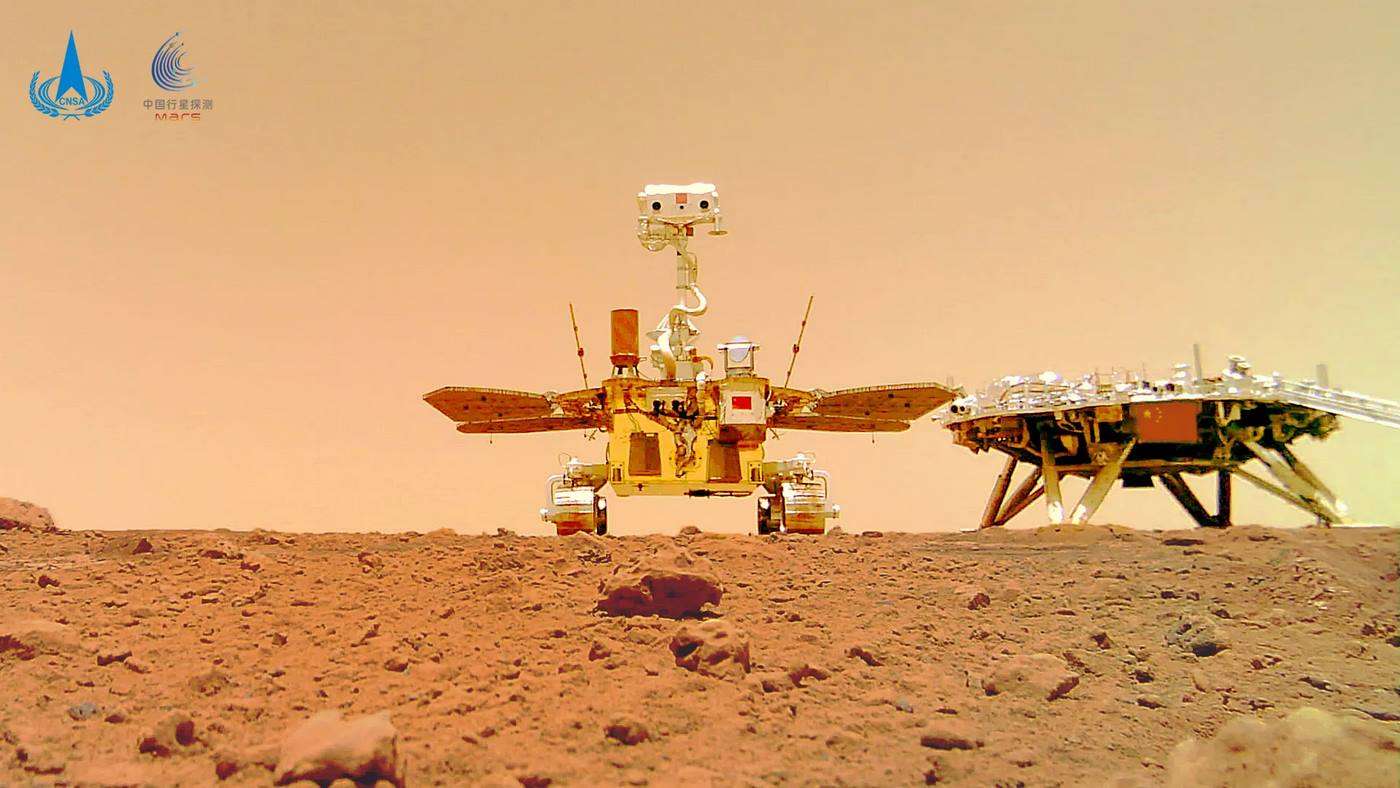Method of Stopping Hair From Going Gray Might Finally Have Been Discovered
Gray hair is something that many women—and men—have tried to hide for generations. A new study may have found a way to prevent it.

The Chinese Zhurong Martian rover recently found evidence of salty liquid water droplets that indicate it may have had snow and frost as recently as 400,000 years ago.
To put that into perspective, scientists believe that Homo sapiens evolved around 300,000 years ago, meaning our earliest modern ancestors might have walked at the same time that water was flowing on Mars.
Though calculations have previously demonstrated that conditions for water are possible on Mars today, this is the first occasion in which evidence of liquid water has been found on our neighboring planet.
The study team found important morphological features on the dune surfaces such as crusts, cracks, granulation, polygonal ridges, and a strip-like trace. Salts in these dunes, which are estimated to be between 0.4 and 1.4 million years old, cause frost or snow to melt at low temperatures to form salty liquid water.
"We inferred that these dune surface characteristics were related to the involvement of liquid saline water formed by the subsequent melting of frost/snow falling on the salt-containing dune surfaces," said Qin Xiaoguang, a geophysicist at the Chinese Academy of Sciences and first author of the new study.
The discovery was hailed by the IGG team as providing key observational evidence of liquid water at Martian low latitudes, where surface temperatures are relatively warmer and more suitable for life than at high latitudes.
The Zhurong rover, which is part of China's Tianwen-1 Mars exploration mission, landed on Mars in 2021 at a landing site at the southern edge of the Utopia Planitia plain—the largest impact basin in our solar system.
It was the first time that a spacefaring nation's inaugural mission to Mars contained an orbiter, lander, and rover, and all three succeeded in deployment.
Currently, Zhurong has yet to wake up from hibernation during the Martian winter, and the scientists believe that a layer of dust has coated the solar panels and prevented it from recharging—a common fate for Martian equipment, including most recently NASA's Insight Lander.
"This is important for understanding the evolutionary history of the Martian climate, looking for a habitable environment and providing key clues for the future search for life," said Dr. Qin.
SHARE This Historic Moment In Martian Discovery With Your Friends…
Be the first to comment